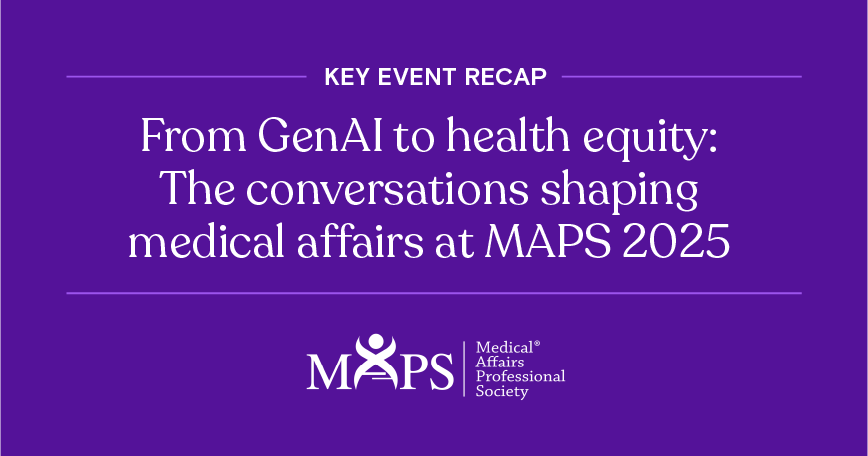Beyond the bottom line: Driving value-based outcomes with clinical quality data
Dec 5th, 2024

Nearly 15 years after the launch of the Affordable Care Act, value-based care is still slowly establishing itself as the norm in U.S. healthcare. The American Hospital Association reported in 2022 that around 60% of the country’s healthcare payments are related to value and quality. The same year, a survey from The Commonwealth Fund found that only around 46% of primary care physicians reported receiving any reimbursement from the Centers for Medicare and Medicaid Services’ (CMS’) value-based payment (VBP) programs, such as the Hospital Readmissions Reduction Program (HRRP) and the Hospital-Acquired Condition Reduction Program (HACRP).
While fee-for-service payments still represent the dominant reimbursement model in the U.S. (especially in primary care), hospitals and health systems continue to shift toward alignment with VBP programs. In addition to the clear benefits on patient outcomes and resource efficiency, providers that embrace value-based care can diversify and enhance their reimbursement streams and improve their reputation among patients and other providers.
The realignment in healthcare delivery and reimbursement presents an opportunity for organizations selling into the provider space to differentiate their products and services with value propositions that go beyond dollar value. Using hospital clinical quality data collected by CMS value-based care programs, you can understand providers’ specific challenges, identify strategic targets, and craft tailored messaging that positions your organization as a partner in driving quality improvement, safety, and financial resilience.
The stakes: CMS penalties, reputational damage, and worse
CMS value-based payment programs tie clinical performance to reimbursement in an effort to encourage high-quality, cost-effective care. HRRP, for instance, penalizes hospitals with higher-than-expected readmission rates, while HACRP reduces reimbursements for facilities with high rates of avoidable complications.
Especially poor performers can face millions of dollars in penalties annually, and with performance data made available to the public, providers’ reputations can quickly sour. Worse still, failure in these areas can hinder patient experiences and outcomes.
With these stakes in mind, sales teams working in the provider space need to demonstrate how their solutions improve key performance and quality indicators, such as readmissions, infection rates, or PSI 90—a composite metric developed by the Agency for Healthcare Research and Quality to measure patient safety.
The key to identifying and unlocking opportunities in value-based care is in the use of hospital clinical quality data. The same datasets generated through VBP programs provide clear insights into participating providers’ strengths and weaknesses, making it easier for sales teams to target the right accounts with precision. You just need to know what to look for.
How clinical quality data drives sales targeting
Clinical quality data is used to determine the quality of patient care and comes in a variety of formats:
- Clinical quality measures (CQMs) quantify the appropriateness, safety, and impact of clinical services based primarily on patient outcomes and experiences.
- Electronic clinical quality measures (eCQMs) are derived fromelectronic health records (EHRs) and other information technology systems to determine patient and family engagement, safety, care coordination, and efficiency of resource usage.
- Qualitative data collected through interviews, observations, and surveys can provide additional depth to quantitative datasets.
This data can generally be obtained through CMS, though it’s not always easy to manage and analyze on your own—more on that later. Once you have the data on hand, you can use it to drive more effective sales targeting.
Identify hospitals in CMS programs
Hospitals participating in HRRP, HACRP, and other quality-focused programs will have clear performance goals, many of which may align with the value propositions of companies selling into the provider space: improved outcomes, safety, cost savings, and experiences are all objectives that your business can address.
Start your targeting efforts by listing all the providers in your market that are involved with VBP programs, then zero in on those participating in the programs that most closely align with your unique offerings. For hospitals already doing well, you should highlight how your solution goes beyond dollars and cents to support the delivery of better, safer, and more satisfying care.
Target underperforming hospitals
Clinical quality data can help you identify hospitals and other providers that are struggling with certain metrics, like readmissions, infection rates, or surgical outcomes. Determine which metrics are best addressed by your solutions, then single out the providers that need the most help with those metrics.
Selling antimicrobial sutures and other surgical supplies? Consider targeting hospitals with high rates of surgical site infections. Offering cutting edge orthopedic implants? Keep an eye out for surgical centers and rehabilitation facilities with poor recovery rates. Have a software tool that promises higher patient compliance? Look for hospitals with high readmission rates.
Align with penalized facilities
Facilities already facing CMS penalties may be the most motivated to seek and implement solutions that can reduce their financial burden and boost quality outcomes—the faster, the better. If your product or service can viably mitigate future penalties and rapidly improve performance, these facilities should be on your short list.
Be sure to leverage CMS data to quantify those penalties and lead the conversation with the savings that your solution can generate. Provide concrete ROI calculations to demonstrate how any upfront cost is offset by long-term savings, but don’t bury the lede: you’re not just offering a quick financial recovery, but also a pathway to better care, improved compliance, and long-term reputational gain.
Partner for long-term success with up-to-date intelligence
As the healthcare industry continues to embrace value-based care, providers are increasingly looking for partners—not simply vendors. Demonstrating an understanding of VBP programs, key quality metrics, and the relative performance of providers across the market will establish your organization as experts worth working with for the long haul.
Positioning your products and services as investments in quality and safety is a great start. But in order to maximize the value of your expertise, you’ll need real-time access to accurate, up-to-date clinical quality data, VBP scores, and other market intelligence. The Definitive Healthcare platform cuts out the time and effort required to collect, cleanse, and maintain this data, delivering powerful insights into clinical and financial performance, as well as procedure, diagnosis, and prescription claims volumes, facility reference and affiliations data, and more.
Want to see how we can support your targeting and engagement efforts? Sign up for a free trial today.







